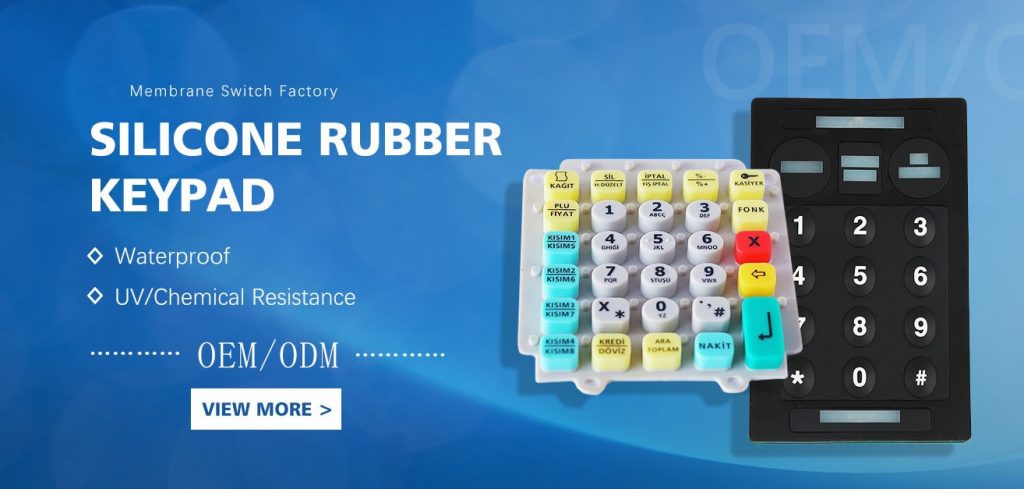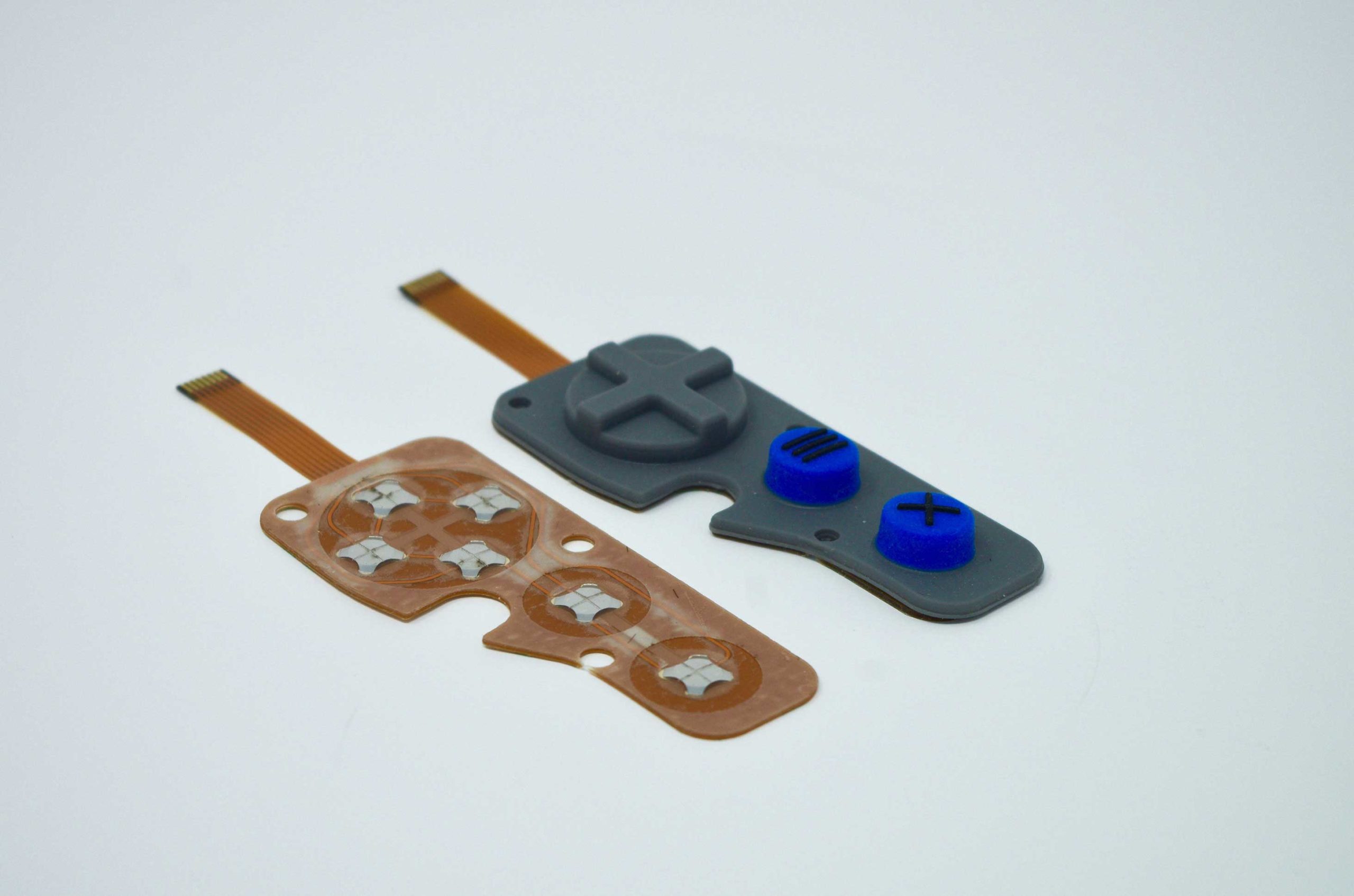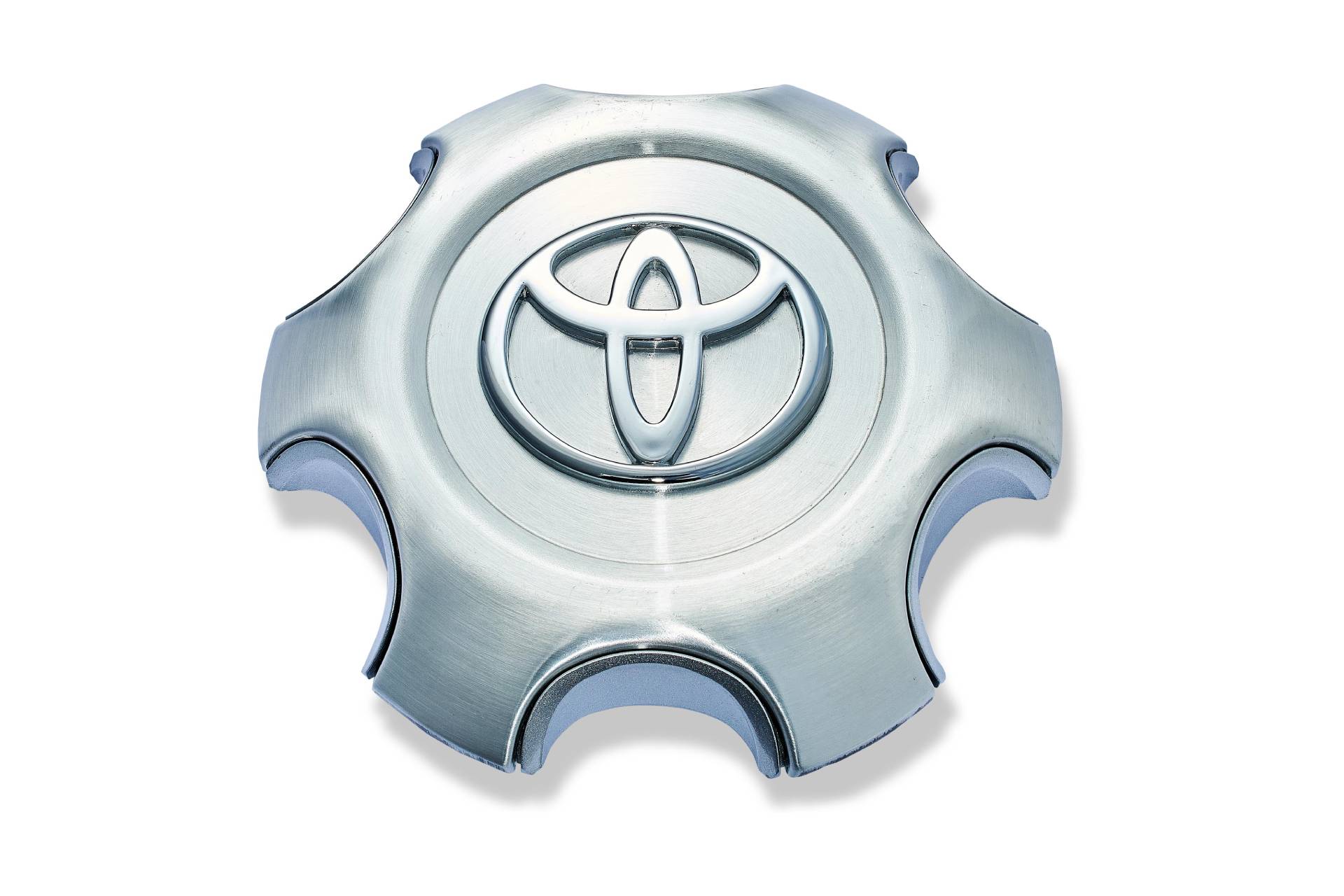The next generation of Rubber Keypads: IoT integration
Uncovering the Diverse Types and utilizes of Rubber Keypads in the Innovation Landscape Today
Rubber keypads have actually developed themselves as necessary elements in various technical applications. Their versatility makes them suitable for customer electronics, industrial makers, and clinical tools. As these keypads remain to progress, new personalization options and design trends emerge. This motivates a better assessment of their benefits and making procedures. Comprehending these components may reveal why rubber keypads remain a preferred option in the innovation landscape. What lies ahead for this functional element?
Overview of Rubber Keypads
Rubber keypads offer as a basic component in numerous electronic gadgets, supplying a tactile interface for user communication. These keypads are usually made from silicone or rubber products, which supply versatility and longevity. Their style often incorporates raised icons or letters, improving use by permitting individuals to really feel the secrets - Rubber Keypads. Rubber keypads are resistant to dust, dampness, and wear, making them suitable for requiring atmospheres
They can be customized regarding size, color, and shape, allowing manufacturers to create unique user interfaces customized to particular products. The manufacturing procedure commonly includes methods such as molding and printing, making sure high-quality outcome. Consequently, rubber keypads not just improve functionality but additionally add to the general looks of the device. With these qualities, rubber keypads remain a popular choice for both customers and producers, emphasizing their relevance in the technology landscape.
Usual Applications in Consumer Electronics
While lots of electronic tools rely on touchscreens for individual communication, rubber keypads remain to play a crucial role in consumer electronics. These keypads are commonly made use of in tools such as remotes, gaming controllers, and household appliances, where tactile feedback improves customer experience. Their longevity and resistance to put on make them excellent for devices frequently based on heavy use.
Rubber keypads are likewise preferred in mobile phones and mobile gizmos, where portable layouts necessitate receptive and trusted input approaches. The capability to tailor the form and texture of rubber keypads permits producers to create distinct layouts that attract consumers. Additionally, the soft touch of rubber provides convenience throughout extended use, making these keypads a favored choice for tools needing extensive interaction. Overall, rubber keypads remain a critical element in the customer electronic devices landscape, incorporating performance with easy to use features.
Function in Industrial and Medical Tools
Rubber keypads play an important role in both clinical and commercial devices, supplying resilience and dependability in demanding settings. In commercial settings, they are commonly made use of in control panels and machinery, enhancing driver interaction with complicated systems. In the clinical area, rubber keypads facilitate easy to use user interfaces for tools that require accuracy and health.
Industrial Devices Applications
Keypads play an important duty in the capability and user experience of medical and commercial devices. In industrial settings, rubber keypads offer a robust interface for equipment and control systems, allowing drivers to easily input commands and adjust setups. Their resistance to dust, wetness, and chemicals assurances reliability under extreme problems normal of manufacturing facilities and producing plants. Additionally, the responsive feedback provided by rubber keypads boosts user communication, lowering the possibility of input errors. Along with standard machinery, these keypads are essential in automated systems and robotics, where precision is extremely important. The versatility of rubber keypads in different commercial applications underscores their relevance in boosting functional efficiency and guaranteeing security in intricate settings.
Medical Device Assimilation
As medical devices progressively need easy to use interfaces, the combination of rubber keypads has actually become vital in guaranteeing effective communication in between medical care professionals and devices. These keypads supply responsive feedback, facilitating user-friendly procedure also in high-pressure environments. Their durability and resistance to harsh cleaning agents make them perfect for medical settings, where health and long life are critical. In addition, rubber keypads can be personalized to consist of different forms, sizes, and colors, boosting visual acknowledgment and access for individuals. This versatility enables the production of specialized controls customized to specific clinical functions, improving overall efficiency. As a result, the duty of rubber keypads in medical device integration not just improves functionality yet also promotes client safety and operational dependability in health care atmospheres.
Customization Options and Layout Trends

Recent style fads highlight minimalism and functional designs, prioritizing customer convenience and instinctive interaction. Custom logo designs and branding can be incorporated right into keypads, permitting companies to maintain a cohesive brand identity across their items. Additionally, developments in producing methods, such as silicone molding, click for source have made it less complicated to achieve elaborate styles and individualized layouts.
Advantages of Rubber Keypads Over Various Other Types

Rubber keypads are also known for their longevity and resistance to ecological elements. They can withstand moisture, temperature level, and dust fluctuations, making them optimal for outdoor or industrial settings. Furthermore, rubber keypads are commonly quieter than their plastic or metal equivalents, minimizing environmental pollution in common atmospheres.
The cost-effectiveness of rubber keypads makes them an eye-catching option for manufacturers. Their lightweight nature adds to lower delivery costs, while their personalized layouts satisfy particular branding demands. In general, rubber keypads represent a trustworthy and flexible remedy in the technology landscape.
Manufacturing Techniques for Quality and Sturdiness
In the manufacturing of rubber keypads, the option of appropriate materials and molding processes plays an essential role in establishing total high quality and sturdiness. Numerous molding methods, such as compression and shot molding, significantly influence the end product's efficiency. Comprehending these elements is necessary for achieving perfect cause rubber keypad manufacturing.
Molding Processes Described
A selection of molding procedures play a crucial function in the manufacturing of rubber keypads, making sure both quality and longevity. One of the most typical techniques include compression Rubber Keypads molding, transfer molding, and injection molding. Compression molding entails placing rubber in a warmed mold, where warmth and stress form it into the wanted form. Transfer molding enables more specific control over material circulation and is suitable for intricate layouts (Rubber Keypads). Shot molding, understood for its rate and performance, infuses molten rubber into a mold under high stress, producing high-volume parts with regular quality. Each method supplies unique benefits, influencing elements such as manufacturing design, speed, and cost adaptability, eventually impacting the performance and lifespan of rubber keypads in various applications
Product Selection Importance
Material selection plays a crucial duty in the manufacturing of rubber keypads, straight influencing their efficiency and longevity. The selection of rubber substances, such as silicone or polyurethane, influences tactile responses, resistance to use, and ecological longevity. Top quality products guarantee that keypads can withstand considerable usage, preserving their capability in time. In addition, the solution of rubber affects its resistance to temperature level variations and exposure to chemicals, which are crucial for tools in numerous settings. Utilizing sophisticated manufacturing techniques, such as compression or shot molding, additional improves the structural integrity of keypads. Inevitably, cautious material option and manufacturing processes contribute considerably to the general quality, longevity, and user complete satisfaction of rubber keypads in today's technology landscape.
Future Fads in Rubber Keypad Technology
As innovation continues to develop, the future of rubber keypad technology appears promising, with improvements positioned to boost capability and user experience. One noteworthy pattern is the combination of touch-sensitive technology, allowing capacitive comments that resembles the feel of standard buttons while providing improved responsiveness. Furthermore, the advancement of antimicrobial materials is most likely to obtain traction, dealing with hygiene concerns in public and shared gadgets.
Modification options are anticipated to broaden, allowing users to customize key designs and responsive comments, thus catering to diverse requirements. The incorporation of smart modern technology, such as connectivity attributes, might likewise arise, permitting rubber keypads to connect with various other gadgets effortlessly. As manufacturers concentrate on sustainability, eco-friendly products are anticipated to end up being much more widespread, lining up with global environmental goals. On the whole, these fads guarantee to transform rubber keypads, making them extra functional, easy to use, and environmentally aware in the technology landscape.
Regularly Asked Inquiries
Just How Do Rubber Keypads Contrast in Expense to Other Keypad Types?
Rubber keypads typically offer an affordable remedy compared to other keypad types, such as membrane or mechanical he has a good point choices. Their reduced production expenses and resilience make them an eye-catching option for numerous applications in technology.
What Are the Ecological Effects of Rubber Keypad Production?

The environmental effects of rubber keypad manufacturing consist of source exhaustion, power consumption, and pollution from making processes. Furthermore, inappropriate disposal can lead to plastic waste, contributing to ecological deterioration and hurting environments otherwise managed responsibly.
Can Rubber Keypads Be Used Outdoors?
Rubber keypads can be made use of outdoors because of their toughness and resistance to weather components. Their durability might depend on the high quality of materials used and the details ecological conditions they are subjected to.
What Maintenance Is Needed for Rubber Keypads?
Rubber keypads require regular cleansing to get rid of dust and particles, periodic evaluation for wear and tear, and security from extreme temperatures. Making sure proper storage space problems can prolong their life-span and maintain capability gradually.
Just How Do Rubber Keypads Perform in Extreme Temperatures?
Rubber keypads commonly keep functionality in extreme temperature levels, displaying strength to both cold and heat. Nevertheless, prolonged direct exposure may cause product destruction, influencing their tactile response and overall performance in rough environments.
Rubber keypads offer as an essential component in different digital devices, using a tactile interface for individual interaction. While several electronic gadgets count on touchscreens for individual interaction, rubber keypads proceed to play an important role in consumer electronic devices. Furthermore, the soft touch of rubber gives comfort during long term use, making these keypads a preferred choice for devices calling for prolonged communication. In spite of the expanding range of keypad materials readily available, rubber keypads use distinct advantages that make them a recommended choice in numerous applications. Rubber keypads normally offer a cost-effective solution contrasted to other keypad kinds, such as membrane layer or mechanical choices.